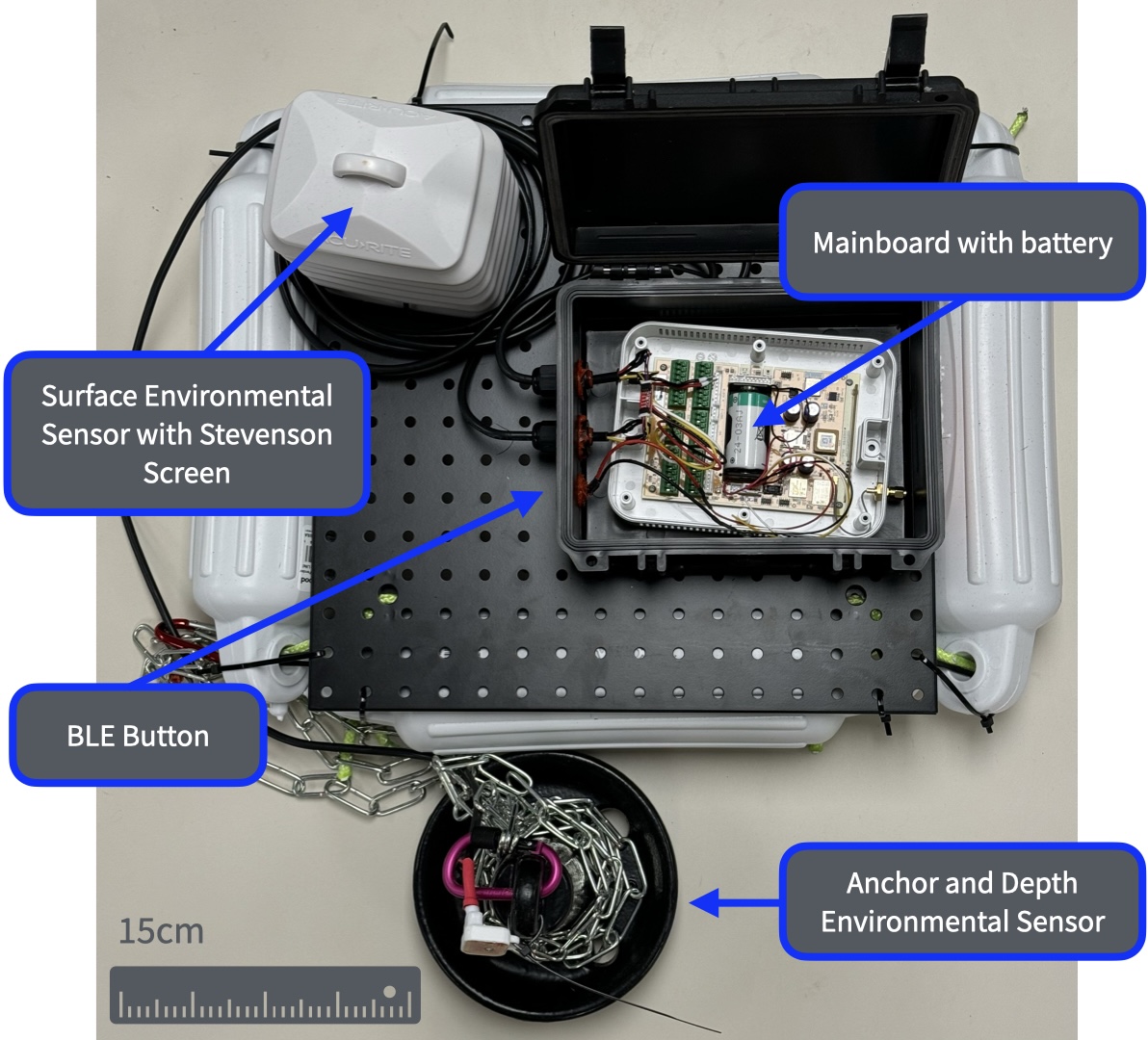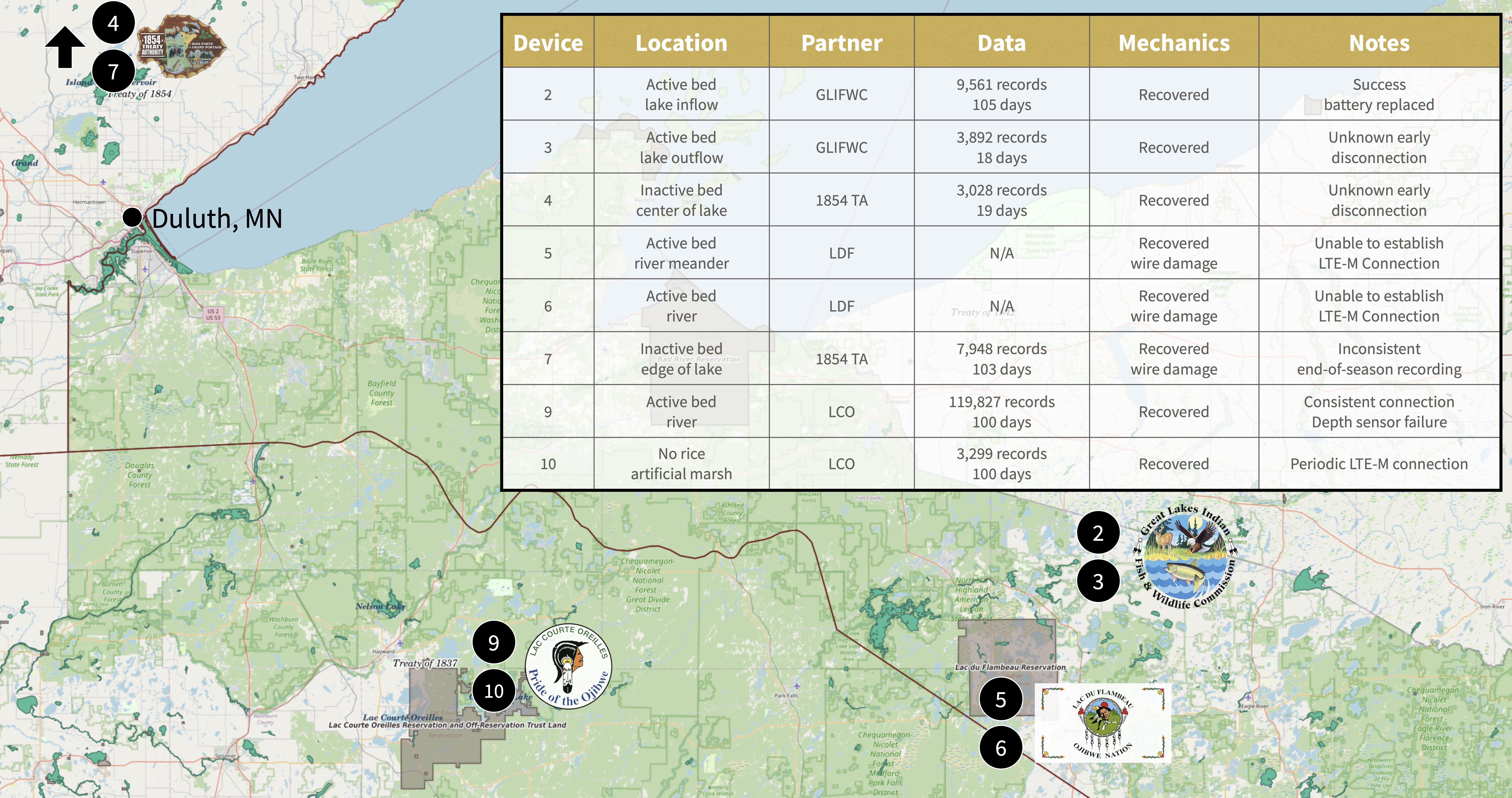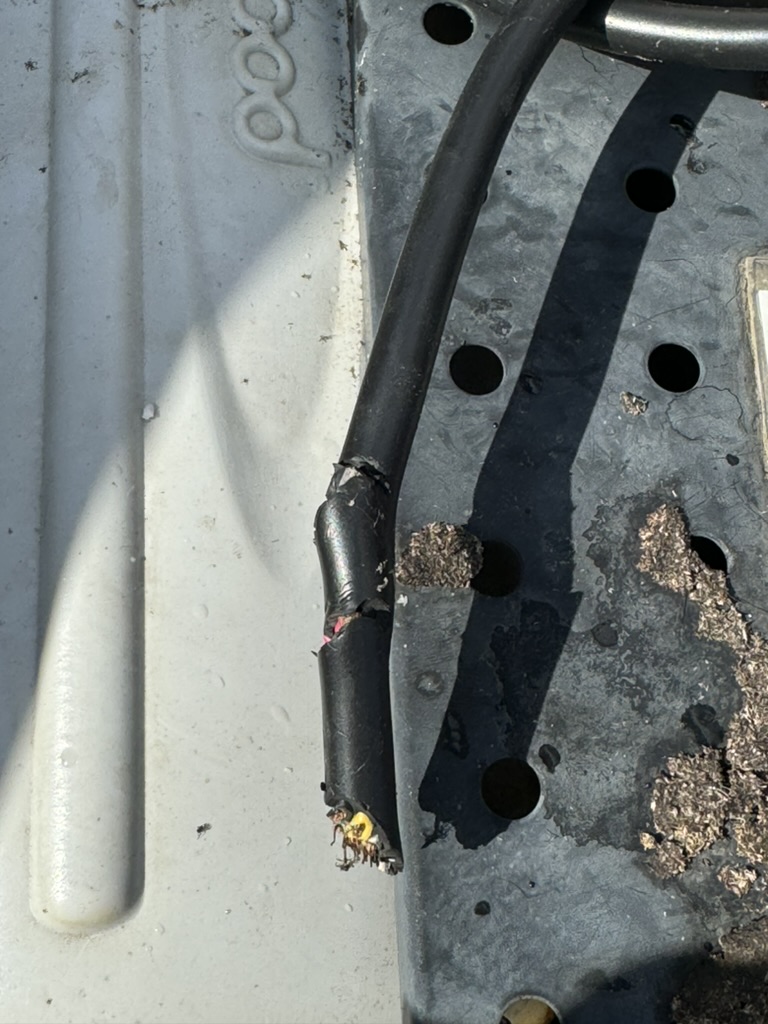Makak
Status: Active
Dates: 2023-01-01 to present
Manoomin, the Ojibwe word for Northern Wild Rice, is a culturally significant food source native to the western Great Lakes region of North America. For generations, Manoomin stewardship has been central to Ojibwe culture and identity, harvested using traditional methods which respect and enrich its growth. Recent years show a decline in Manoomin’s natural occurrence due to industrialization and climate change. As part of a broader conservation effort, our team has collaborated with Tribal partners to build Makak, a low-cost microclimate sensor that monitors factors affecting wild rice to support Tribal sovereignty. This case study details our co-design and successful pilot deployment in collaboration with four partner organizations. Through this work, we share our experiences, and lessons learned from the co-design process with Tribal partners. With this case study, we aim to provide insights to other projects that promote Indigenous-centric participatory, collaborative design methods for conservation and environmental sustainability.
 Makak hardware
Makak hardware
In the summer of 2023, I had the opportunity to spend 3 months in Ojibwe homelands (Western Great Lakes region of the U.S.) learning about manoomin conservation from knowledgeholders and organizations. Integrating with ongoing programs and based on consversations with Ojibwe partners, we spent the next 6 months prototyping a sensing buoy to measure the environmental conditions directly experienced by the manoomin beds. This device, named Makak by our partners for the Ojibwe word for container, collects air and water temperature, air and water pressure, humidity, and acceleration data, communicating it both locally to a smartphone using bluetooth and remotely to a data server using the cellular network. These raw measurements align with partner priorities to compute changes in water level (via differences in pressure) and extreme wave events that critically harm the manoomin in floating leaf stage.
In the summer of 2024, We deployed 8 of these sensors in a pilot deployment with 4 partner organizations: the Lac du Flambeau Tribe, the Lac Courte Orielles Tribe, the Great Lakes Indian Fish and Wildlife Commission, and the 1854 Treaty Authority. We collected feedback from the development and deployment process and are working to improve the design so that partners can deploy the sensors at a larger scale in 2025.
This multi-year, partner-based effort aligns with our vision of engaged research supporting Tribal sovereignty and conservation efforts.
 Map of Makak pilot deployments
Map of Makak pilot deployments
Publications from this project:
- The Devil You Know
- Community-Driven Mobile and Ubiquitous Computing
- CHI 2025 case study- in review
 Image of a sensor cable severed by muskrat chewing during one of the pilot Makak deployments.
Image of a sensor cable severed by muskrat chewing during one of the pilot Makak deployments.
